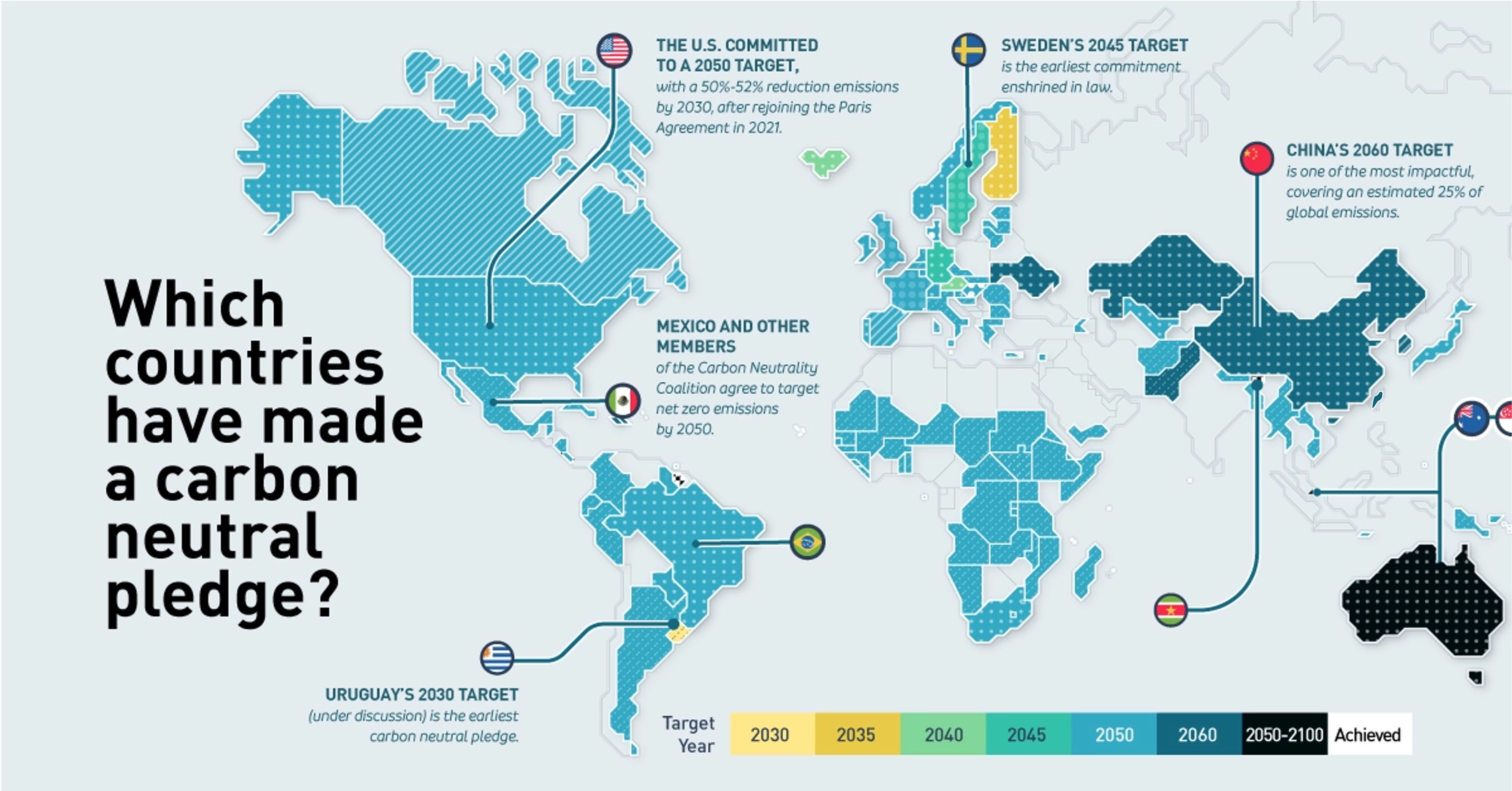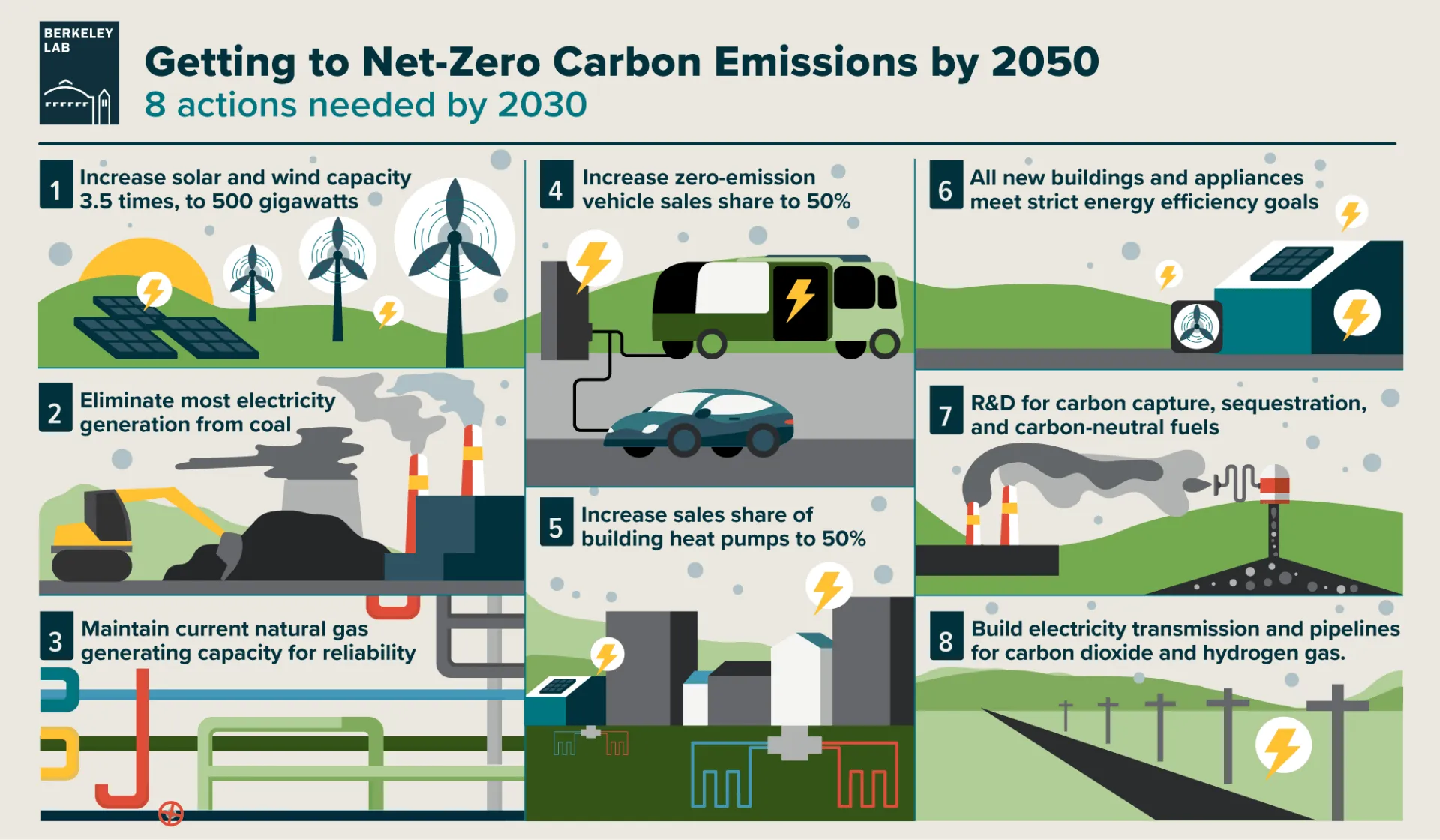Introduction
Carbon neutral technology refers to the set of technologies that aim to reduce carbon emissions and minimize the impact of human activities on the environment. This includes a range of technologies and approaches, from renewable energy sources and energy storage technologies to carbon capture and storage (CCS) and energy-efficient buildings. The goal of carbon neutral tech is to achieve a balance between the amount of carbon emitted and the amount of carbon removed from the atmosphere, thus achieving net-zero emissions.


Carbon Neutral Technologies
• Renewable energy sources, such as solar, wind, hydro, and geothermal energy, are critical components of carbon neutral tech. They provide a sustainable alternative to traditional fossil fuels, reducing emissions and minimizing the environmental impact of energy generation.
• Energy storage technologies, such as batteries and hydrogen fuel cells, are also crucial for the effective integration of renewable energy sources into the grid, enabling energy to be stored and used when it is needed most.
• Carbon capture and storage (CCS) technologies aim to capture carbon dioxide emissions from industrial processes and power plants and store them underground, providing another important tool in the fight against climate change.
• Energy-efficient buildings are another critical component of carbon neutral tech, reducing energy consumption and emissions through the use of smart technologies and design principles that prioritize sustainability.

DigiTech for Carbon Neutrality
Digitalization has a significant role to play in powering carbon neutral tech, enabling greater efficiency, and facilitating the transition to sustainable energy sources. Digital tools and technologies can improve the monitoring and management of energy systems, enable greater control and optimization of energy use, and support the integration of renewable energy sources into the grid. For example, the use of advanced analytics and machine learning algorithms can help to optimize energy use and identify opportunities to reduce waste and emissions.


